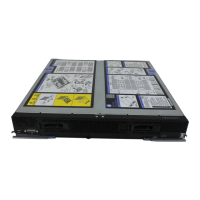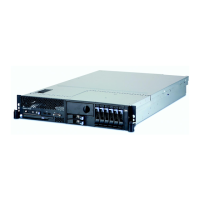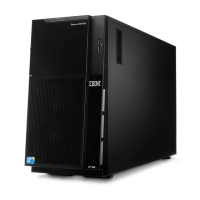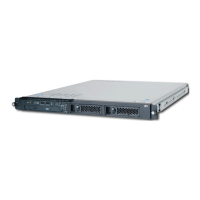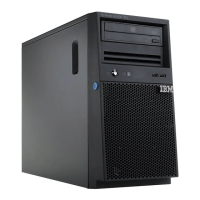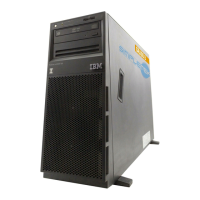Chapter 4. IBM NeXtScale nx360 M4 compute node 93
The advantages of GPUs (and coprocessors) become clear when you compare
them to CPUs:
CPUs: Fewer but more powerful cores, used primarily for sequential, serial
processing
GPUs: More, less powerful cores (up to thousands of them) for simultaneous,
parallel processing
Combining GPUs with CPUs enables so-called GPU-accelerated computing (see
Figure 4-14). Compute-intensive applications are offloaded to GPUs while the
CPUs run the remainder of the application code. This approach can speed up
performance dramatically in scientific, engineering, and enterprise applications.
Figure 4-14 GPU-accelerated computing
GPUs are used for everything from consumer gaming and professional graphics
to high performance computing to virtualized and cloud environments. Two of
these applications, in particular, are pertinent to NeXtScale System:
High-performance computing (HPC): The sheer volume of additional cores
available in GPUs can significantly accelerate the millions of calculations
involved in complex tasks such as animation rendering or analytic
number-crunching.
Virtualized and cloud environments: GPUs enable higher user density
(multiple users can share a single GPU); reduced display latency (the GPU
pushes the virtual desktop to the remoting protocol); and greater power
efficiency.

